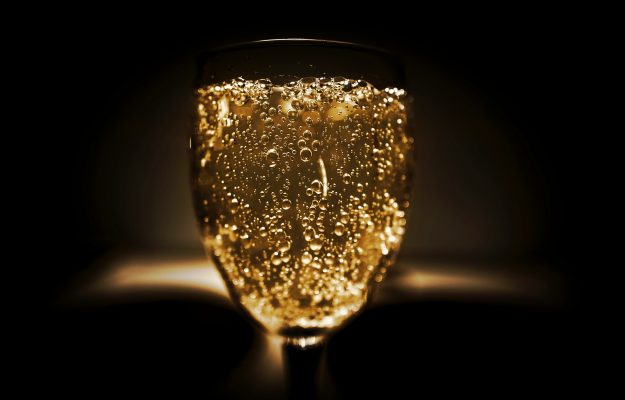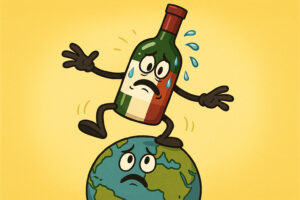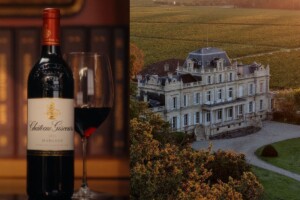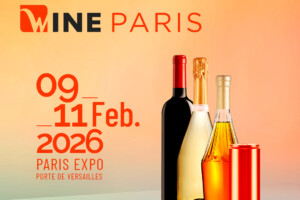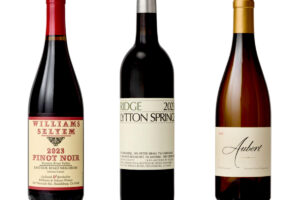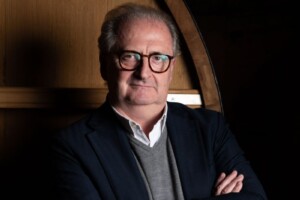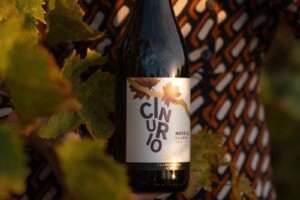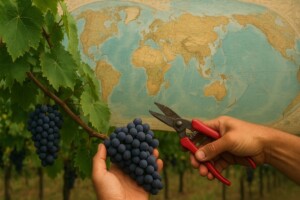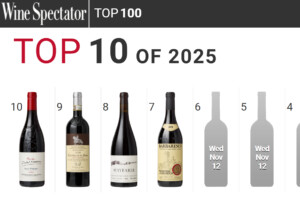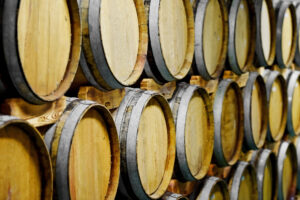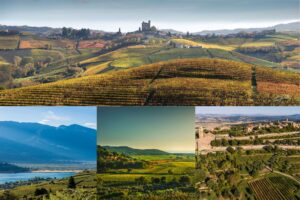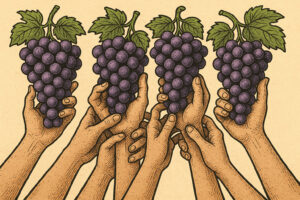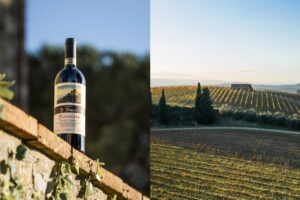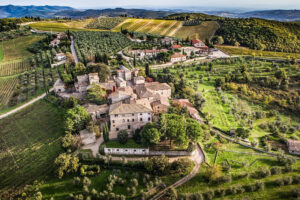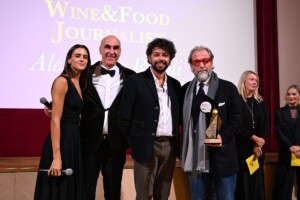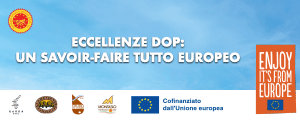The sparkling wine market, which today is worth 42.6 billion dollars, in 2028 will reach a value of 55.8 billion dollars, with an average annual growth of +4.3%. This is stated by the study of the research company The Insight Partner “Sparkling Wine Market to 2028 - Global Analysis and Forecast - by Type, Packaging Type, Distribution Channel, and Geography”, which points out that, in 2020, Europe still held the largest share of the sparkling wine market: Germany, France, Italy, United Kingdom and Russia are among the protagonists of the market growth in the Continent, where, traditionally, any party or celebration is accompanied by a bottle of Champagne or other sparkling wine, from Prosecco to Cava, from Crémant to Franciacorta to Trentodoc, which have become increasingly popular even in daily consumption among consumers. But what is behind the continuous growth of sparkling wine consumption? First of all, the rapid socio-economic changes and frenetic urbanization, which are strengthening the demand all over the world.
As standards of living and purchasing power grow, consumers are turning to products of ever-increasing levels and quality. In addition, lifestyle changes are transforming their eating habits and food preferences, which is why the demand for sparkling beverages at parties, weddings and social gatherings is increasing, and with the growing preference for low or no-alcohol beverages, the popularity of sparkling is racing among Millennials, teens, the working population and bachelors. In addition, social media and the Internet are having a significant impact on all generations, while the resurgence of parties and social events is leading to higher sparkling wine consumption globally, especially in developed countries such as the United States, Canada, Mexico, Germany, France, and Italy.
In terms of types, the white bubbly segment held the largest share of the market in 2020, partly due to factors such as the health benefits associated with its consumption, product premiumization, innovation in flavors, and increasingly branched distribution networks. However, the rosé segment has seen remarkable growth in demand in recent years and is set to experience the highest average growth in the market between now and 2028. Segmenting the market by packaging is also interesting, with the bottle segment accounting for by far the largest share of the market in 2020, while sparkling cans are gaining popularity for their compact size and low environmental impact, thanks to recyclability. Shifting the focus to the distribution channel, however, supermarkets and hypermarkets accounted for the largest share of the market: the large number of customers and the depth of the offer are the main factors fueling the growth of this segment. Online, however, is also gaining traction as an important channel, especially during the Covid-19 pandemic, and it is e-commerce that is expected to mark the highest average growth, among sales channels, between 2021 and 2028.
Going back to the pandemic, its impact led to a period of halt to supply chains, due to the sudden closure of national and international borders, which limited the movement of goods, which, in turn, also hindered the distribution of sparkling wines, with producers relying mainly on supermarkets and the e-commerce channel to sell their products during that period, which led to continued market growth, albeit at a slower pace. More than 85% of wineries selling their products online have begun to capitalize more on this sales channel. Despite the decline in sales in 2020, a fast and important recovery is expected, some of which is already underway as several national economies recover and vaccination campaigns accelerate.
Copyright © 2000/2025
Contatti: info@winenews.it
Seguici anche su Twitter: @WineNewsIt
Seguici anche su Facebook: @winenewsit
Questo articolo è tratto dall'archivio di WineNews - Tutti i diritti riservati - Copyright © 2000/2025










